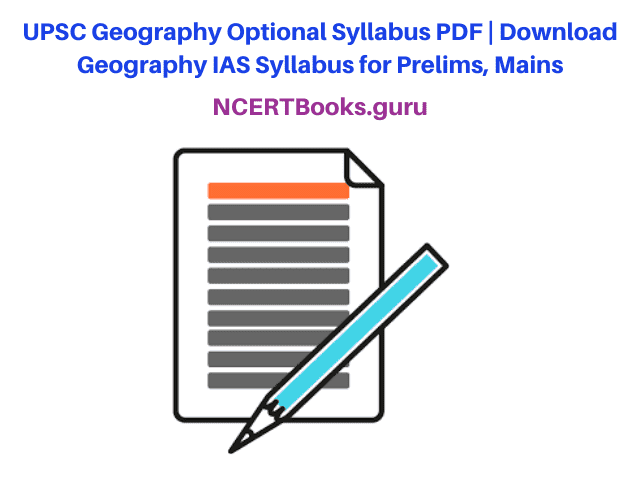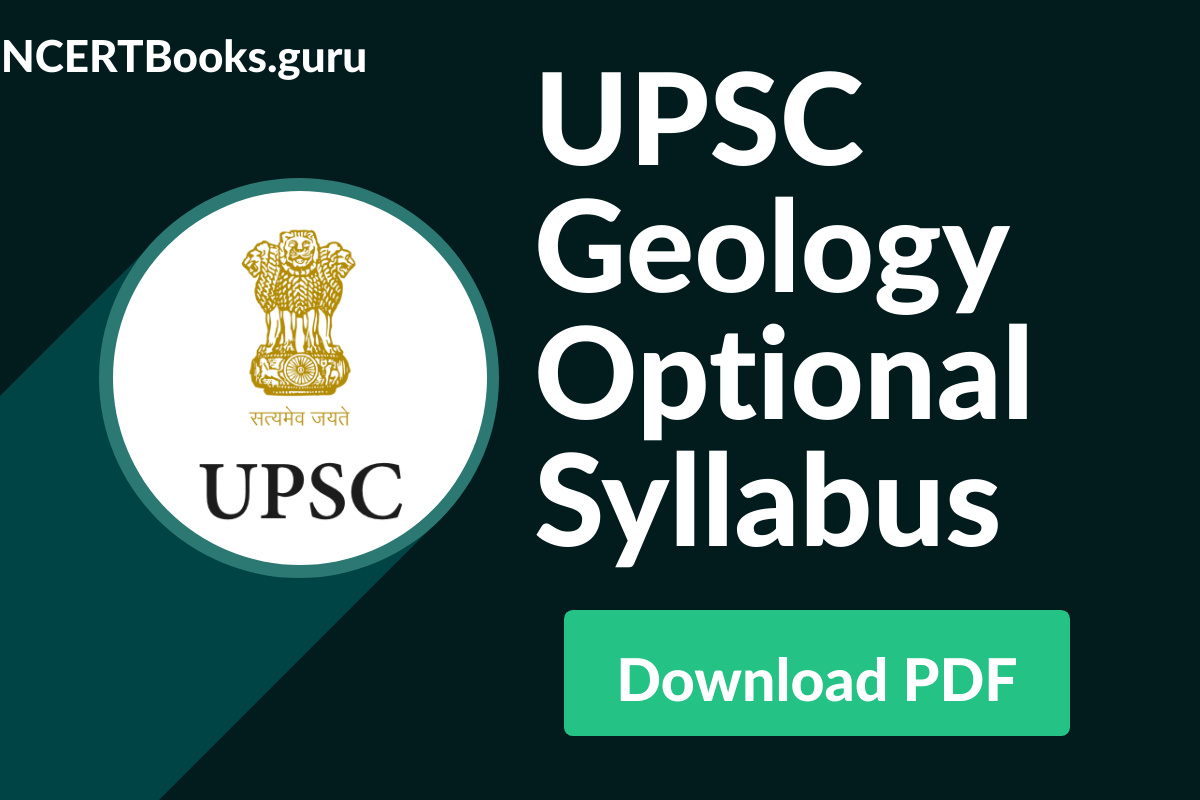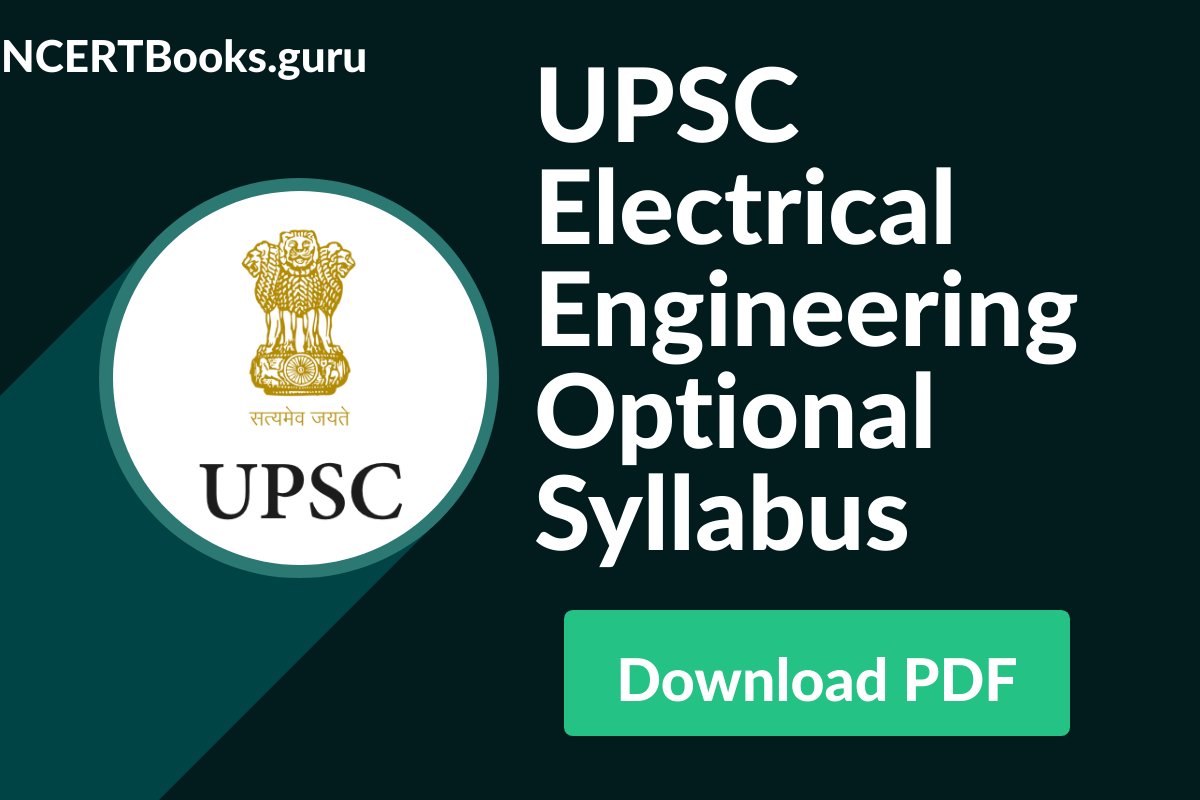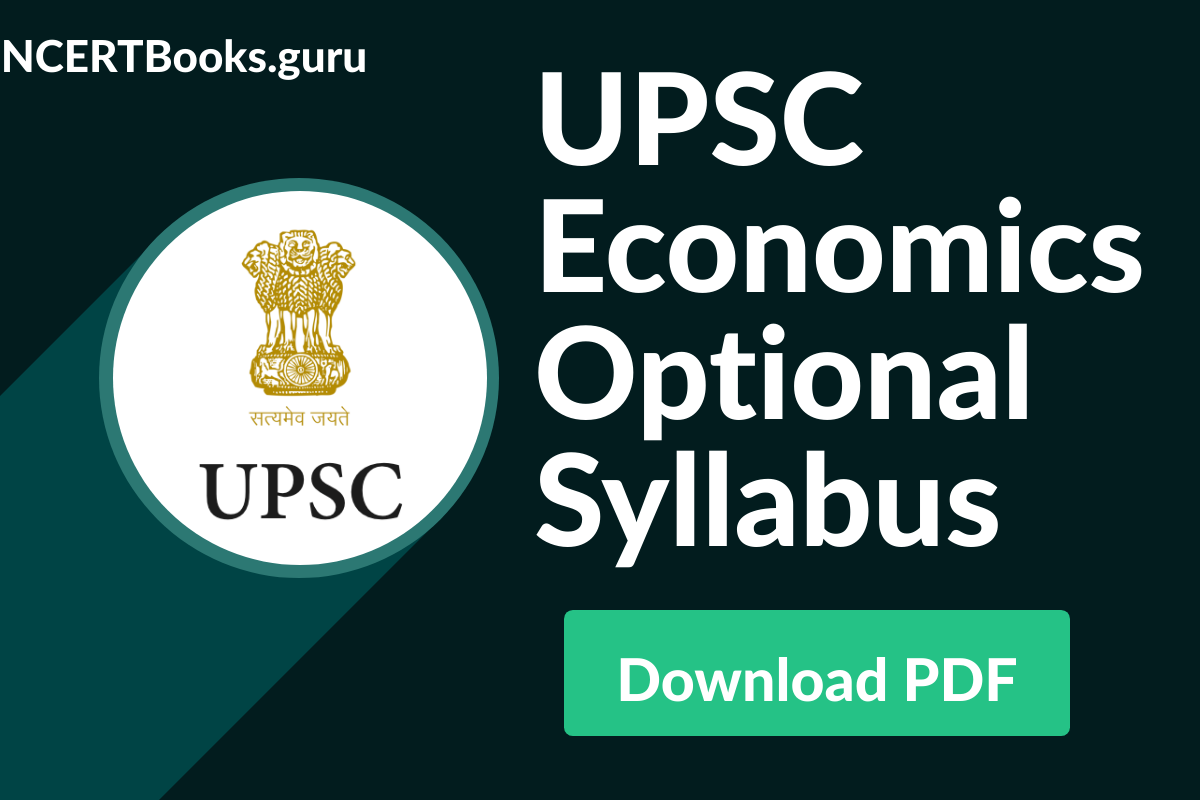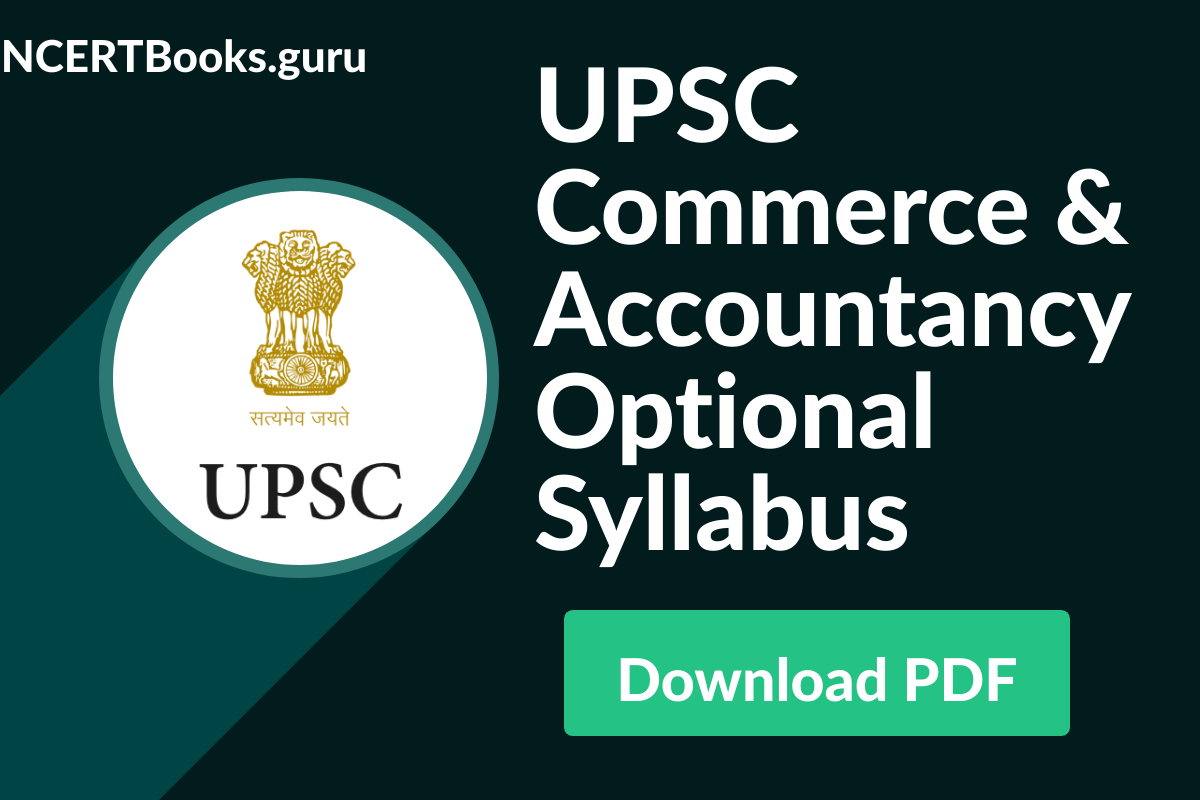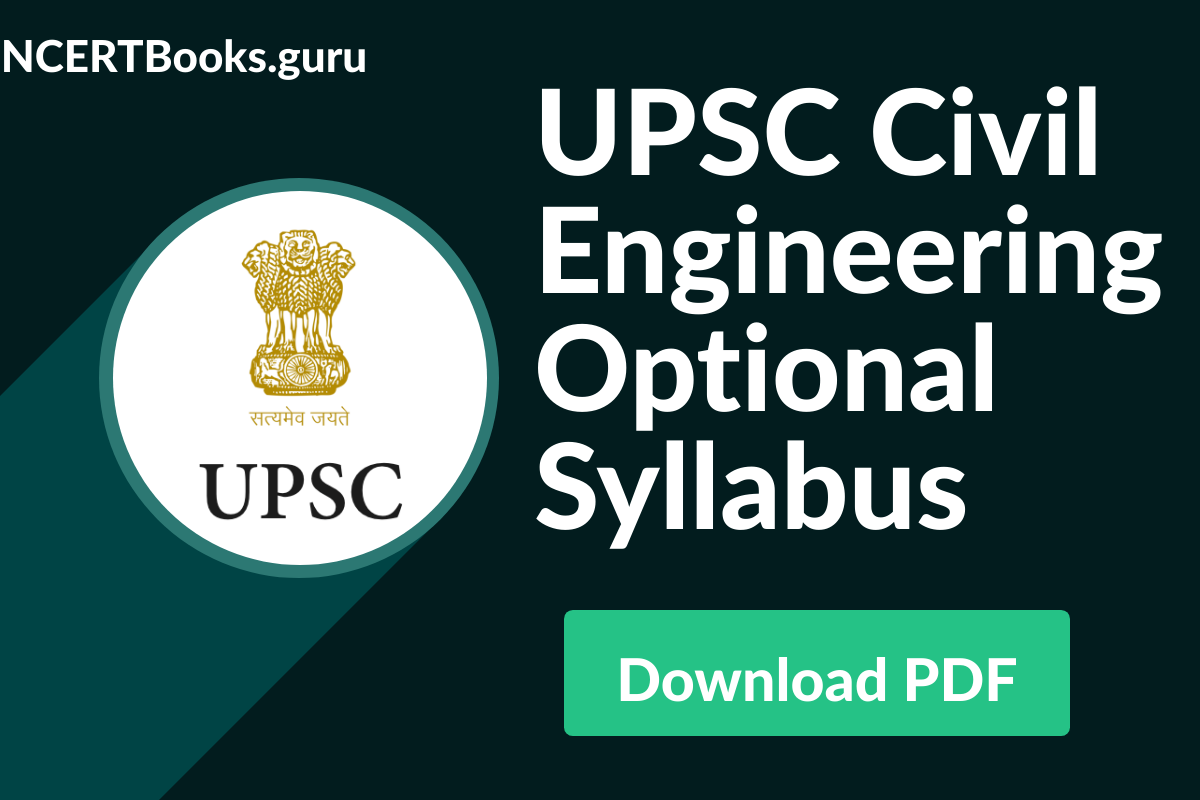UPSC Civil Service Examination includes Geography as an Optional Subject. Geography is a popular optional subject due to its rational nature and scoring ability. Students willing to appear in the Geography Optional Paper are suggested to follow the syllabus accordingly. By doing so, you can score max. marks in your UPSC Geography IAS Optional Paper.
To help such aspirants we have provided UPSC Geography Optional Syllabus PDF in the coming modules. You can tap on the link to download the Geography Syllabus for UPSC Prelims and Mains.
Also Check: UPSC Books
UPSC CSE Geography Optional Syllabus PDF
UPSC Mains Geography Optional Subject contains two papers in Civil Service Examination. Each Paper is for 250 Marks and comprises a total of 500 Marks. Many people consider this optional paper for IAS Mains Exam as a part of it overlaps with General Studies Paper – I. You can check out the UPSC CSE Geography Syllabus for Mains by referring below.
Geography Optional Paper – I Syllabus
Paper – I is split into two parts namely Physical Geography and Human Geography and the topics that fall under each of them are explained in detail. Go through the concepts for UPSC CSE Geography Paper – I and make your preparation effective. UPSC Aspirants can check the detailed IAS Mains Geography Optional Syllabus by referring further.
Physical Geography
Geomorphology: Factors controlling landform development; endogenetic and exogenetic forces; Origin and evolution of the earth’s crust; Fundamentals of geomagnetism; Physical conditions of the earth’s interior; Geosynclines; Continental drift; Isostasy; Plate tectonics; Recent views on mountain building; Vulcanicity; Earthquakes and Tsunamis; Concepts of geomorphic cycles and Landscape development; Denudation chronology; Channel morphology; Erosion surfaces; Slope development; Applied Geomorphology: Geohydrology, economic geology, and environment.
Oceanography: Bottom topography of the Atlantic, Indian and Pacific Oceans; Temperature and salinity of the oceans; Heat and salt budgets, Ocean deposits; Waves, currents and tides; Marine resources: biotic, mineral and energy resources; Coral reefs, coral bleaching; sea-level changes; law of the sea and marine pollution.
Environmental Geography: Principle of ecology; Human ecological adaptations; Influence of man on ecology and environment; Global and regional ecological changes and imbalances; Ecosystem their management and conservation; Environmental degradation, management, and conservation; Biodiversity and sustainable development; Environmental policy; The Environmental hazards and remedial measures; Environmental education and legislation.
Biogeography: Genesis of soils; Classification and distribution of soils; Soil profile; Soil erosion, Degradation, and conservation; Factors influencing world distribution of plants and animals; Problems of deforestation and conservation measures; Social forestry; agro-forestry; Wildlife; Major gene pool centers.
Climatology: Temperature and pressure belts of the world; Heat budget of the earth; Atmospheric circulation; atmospheric stability and instability. Planetary and local winds; Monsoons and jet streams; Air masses and frontogenesis, Temperate and tropical cyclones; Types and distribution of precipitation; Weather and Climate; Koppen’s, Thornthwaite’s and Trewartha’s classification of world climates; Hydrological cycle; Global climatic change and role and response of man in climatic changes, Applied climatology, and Urban climate.
Human Geography
Perspectives in Human Geography: Areal differentiation; regional synthesis; Dichotomy and dualism; Environmentalism; Quantitative revolution and locational analysis; radical, behavioral, human and welfare approaches; Languages, spirituality, and secularisation; Cultural regions of the world; Human development index.
Regional Planning: Concept of a region; Types of regions and methods of regionalization; Growth centers and growth poles; Regional imbalances; regional development strategies; environmental issues in regional planning; Planning for sustainable development.
Economic Geography: World economic development: measurement and problems; World resources and their distribution; Energy crisis; the limits to growth; World agriculture: typology of agricultural regions; agricultural inputs and productivity; Food and nutrition problems; Food security; famine: causes, effects, and remedies; World industries: locational patterns and problems; patterns of world trade.
Models, Theories and Laws in Human Geography: Systems analysis in Human geography; Malthusian, Marxian and demographic transition models; Central Place theories of Christaller and Losch; Perroux and Boudeville; Von Thunen’s model of agricultural location; Weber’s model of industrial location; Ostrov’s model of stages of growth. Heartland and Rimland theories; Laws of international boundaries and frontiers.
Must See: UPSC Mains Commerce Accountancy Reference Books
Syllabus for UPSC Geography Optional Paper-II
Physical Setting: Space relationship of India with neighboring countries; Structure and relief; Drainage system and watersheds; Physiographic regions; Mechanism of Indian monsoons and rainfall patterns, Tropical cyclones, and western disturbances; Floods and droughts; Climatic regions; Natural vegetation; Soil types and their distributions.
Industry: Evolution of industries; Locational factors of cotton, jute, textile, iron and steel, aluminum, fertilizer, paper, chemical and pharmaceutical, automobile, cottage, and agro-based industries; Industrial houses and complexes including public sector undertakings; Industrial regionalization; New industrial policies; Multinationals and liberalization; Special Economic Zones; Tourism including eco-tourism.
Resources: Land, surface and groundwater, energy, minerals, biotic and marine resources; Forest and wildlife resources and their conservation; Energy crisis.
Cultural Setting: Historical Perspective of Indian Society; Racial, linguistic and ethnic diversities; religious minorities; major tribes, tribal areas, and their problems; cultural regions; Growth, distribution, and density of population; Demographic attributes: sex-ratio, age structure, literacy rate, work-force, dependency ratio, longevity; migration (inter-regional, intraregional and international) and associated problems; Population problems and policies; Health indicators.
Agriculture: Infrastructure: irrigation, seeds, fertilizers, power; Institutional factors: landholdings, land tenure, and land reforms; Cropping pattern, agricultural productivity, agricultural intensity, crop combination, land capability; Agro and social-forestry; Green revolution and its socio-economic and ecological implications; Significance of dry farming; Livestock resources and white revolution; aquaculture; sericulture, apiculture, and poultry; agricultural regionalization; agro-climatic zones; agro-ecological regions.
Settlements: Types, patterns, and morphology of rural settlements; Urban developments; Morphology of Indian cities; Functional classification of Indian cities; Conurbations and metropolitan regions; urban sprawl; Slums and associated problems; town planning; Problems of urbanization and remedies.
Political Aspects: the Geographical basis of Indian federalism; State reorganization; Emergence of new states; Regional consciousness and interstate issues; international boundary of India and related issues; Cross-border terrorism; India’s role in world affairs; Geopolitics of South Asia and Indian Ocean Realm.
Transport, Communication, and Trade: Road, railway, waterway, airway and pipeline networks and their complementary roles in regional development; Growing importance of ports on national and foreign trade; Trade balance; Trade Policy; Export processing zones; Developments in communication and information technology and their impacts on economy and society; Indian space program.
Regional Development and Planning: Experience of regional planning in India; Five Year Plans; Integrated rural development programs; Panchayati Raj and decentralized planning; Command area development; Watershed management; Planning for the backward area, desert, drought-prone, hill, tribal area development; multi-level planning; Regional planning and development of island territories.
Contemporary Issues: Ecological issues: Environmental hazards: landslides, earthquakes, Tsunamis, floods and droughts, epidemics; Issues relating to environmental pollution; Changes in patterns of land use; Principles of environmental impact assessment and environmental management; Population explosion and food security; Environmental degradation; Deforestation, desertification and soil erosion; Problems of agrarian and industrial unrest; Regional disparities in economic development; Concept of sustainable growth and development; Environmental awareness; Linkage of rivers; Globalisation and Indian economy.
Summary
We wish the information shared above regarding UPSC Geography Optional Syllabus has been helpful. If you have any other queries do drop us a comment and we will help you at the earliest possible. Stay in touch with our site for more latest updates on this.
